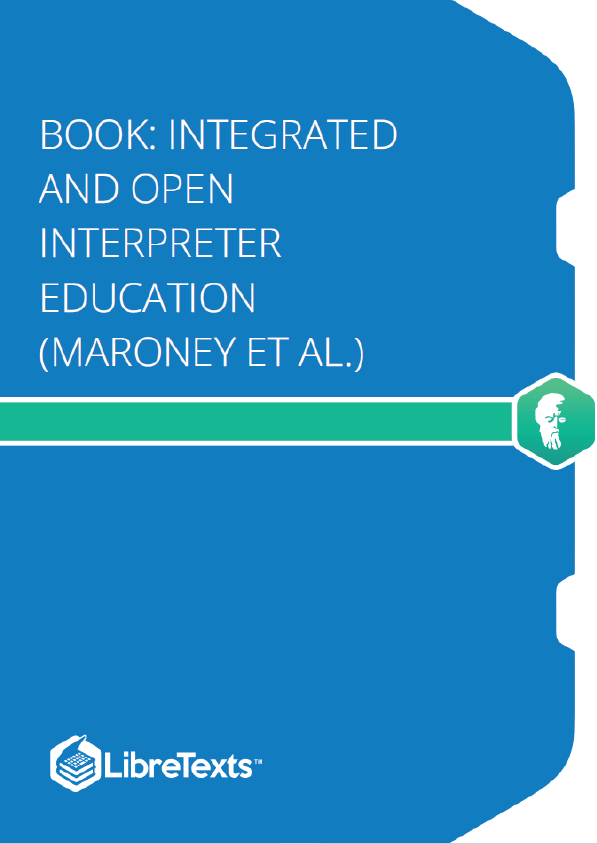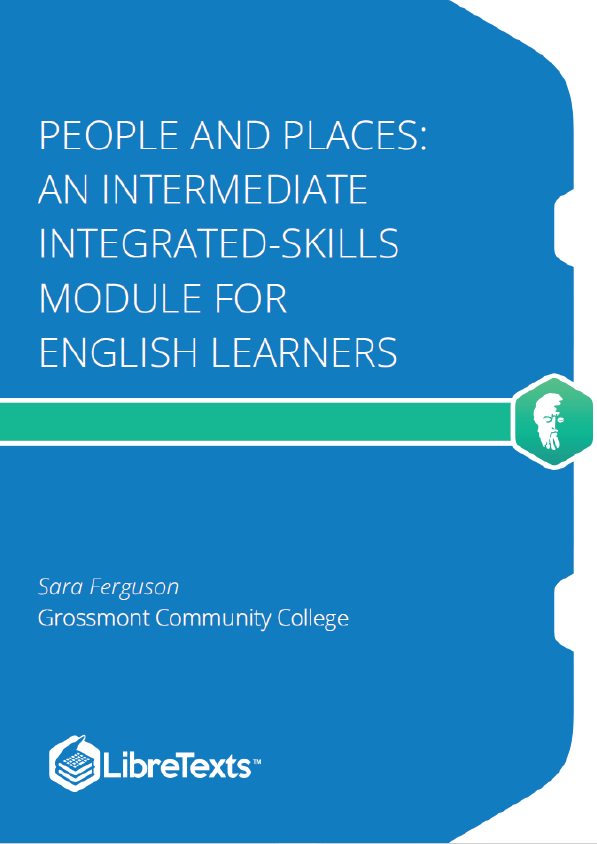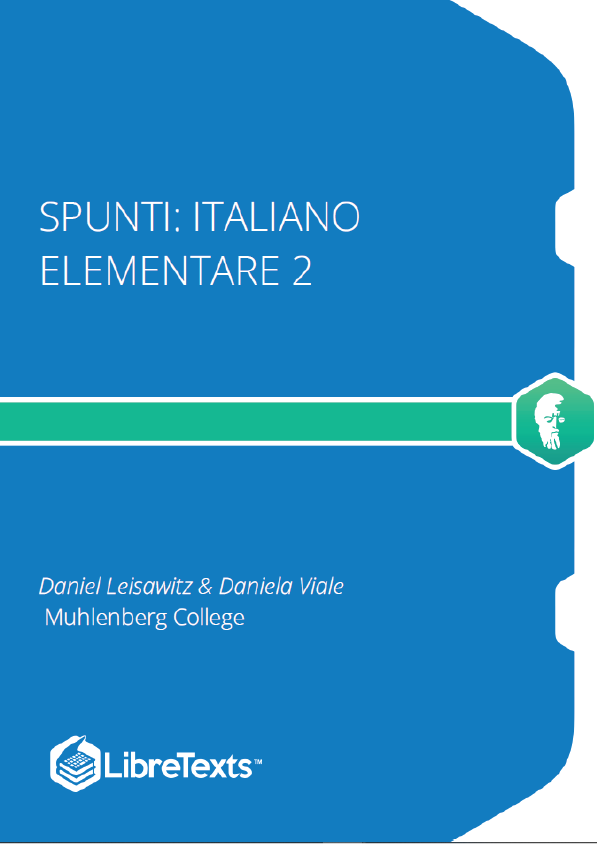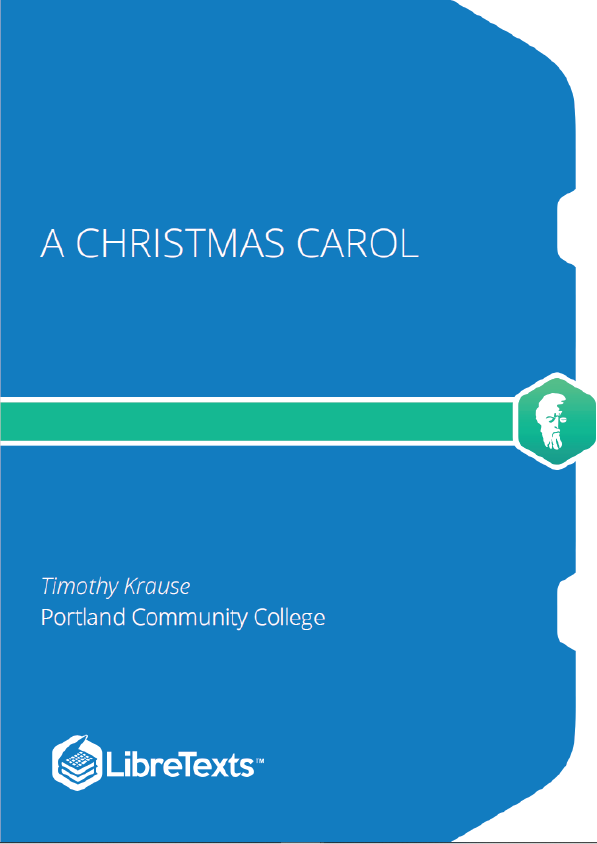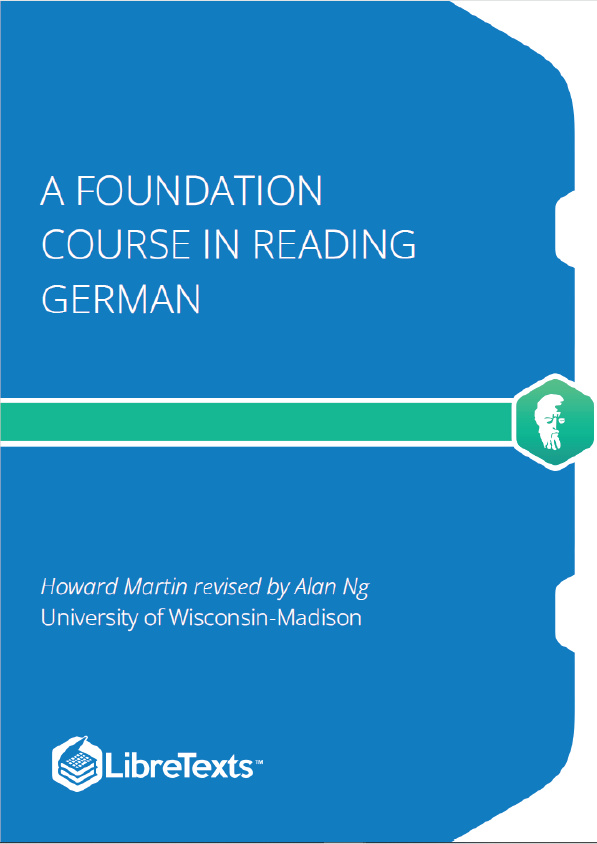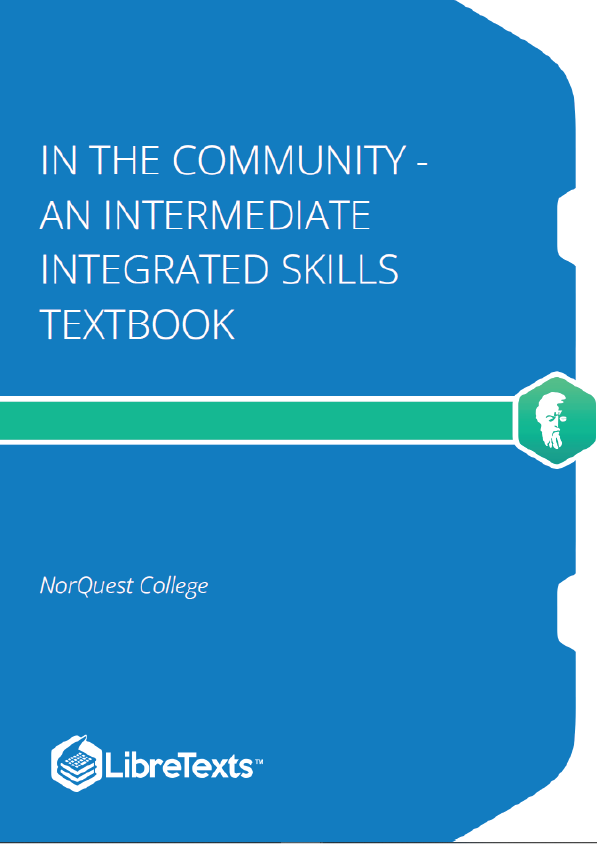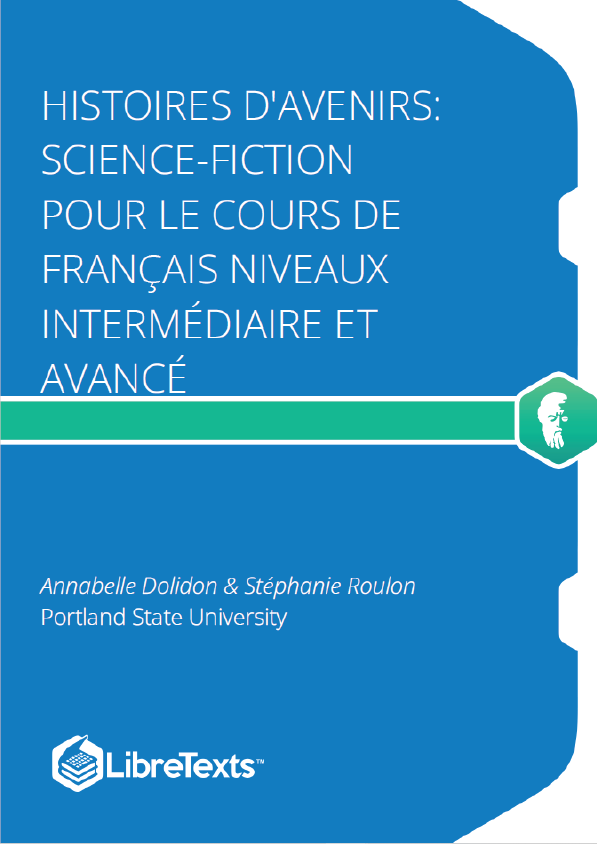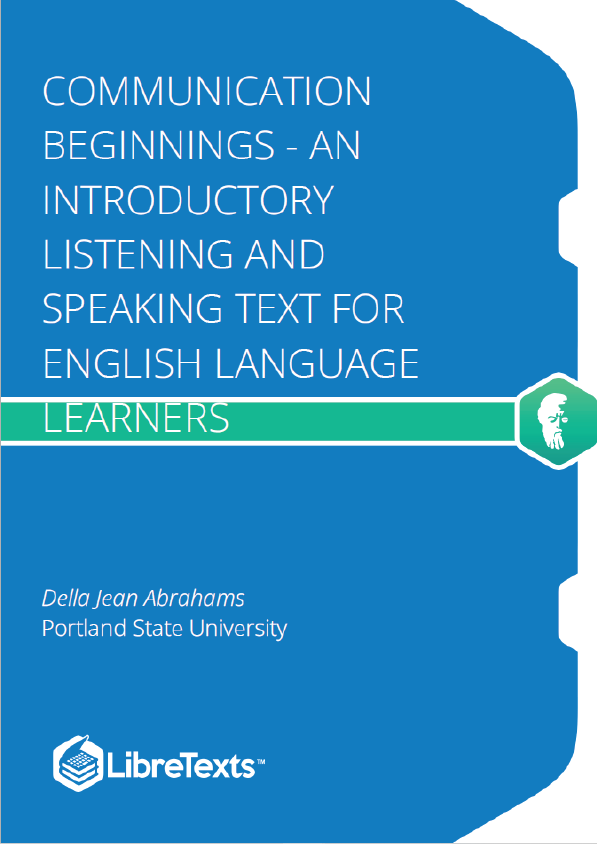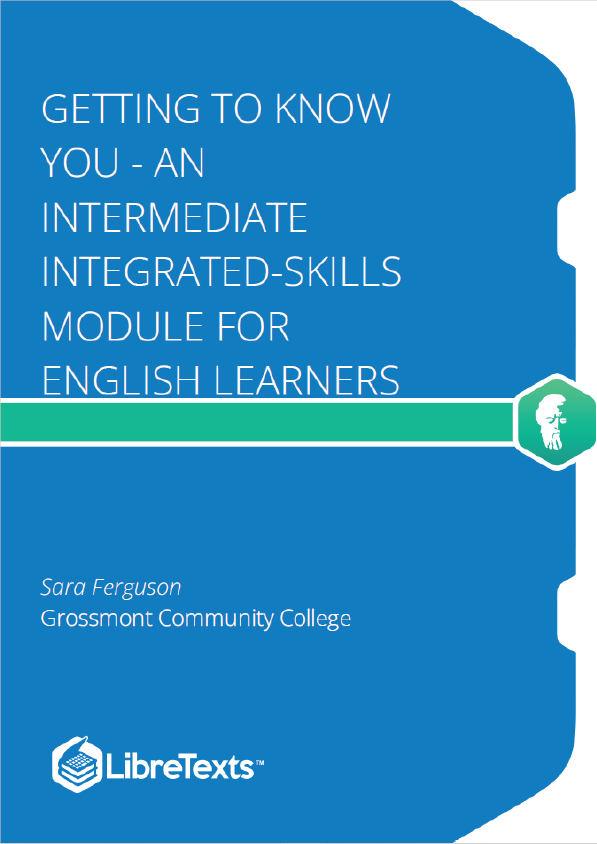The topic of community or civic engagement between interpreters and the Deaf community permeates interpreting studies from its very beginnings in the heart of the Deaf community through its emergence as a profession and up to the present moment’s intense conversations around social justice and cultural appropriation. The relationship between the Deaf and interpreting communities is complex and interdependent (Napier, 2011; Young, Oram, & Napier, 2019). It is noted that definitions and descriptors for people who experience the condition of deafness are fluid and evolving. For clarity in this introduction, the use of the word Deaf, with a capital D, indicates a person who identifies as a member of Deaf culture, as compared to the word deaf with a lower case d, which refers to the clinical condition of deafness. The use of the term DeafBlind refers to people with some degree of both hearing and vision loss and who identify as DeafBlind. The term Deaf* refers to individuals who are D/deaf and who experience an additional co-occurring disability or condition, also sometimes referred to as Deaf-plus.
The first interpreters were the family and friends of the Deaf community (Ball, 2013; Williamson, 2015). As the field moved toward formal education and strove to professionalize, a majority of people entering the field had no relationship to the Deaf community prior to entering an ASL or interpreting studies program. Conversations regarding interpreters’ legitimacy and of interpreters being for the community or of the community persist (Friedner, 2018). Because interpreters should work equally between two languages and cultures and are rarely true bilingual-biculturals, they are most always simultaneously of and for the communities present in the discourse event. Often overlooked in the literature and professional discourse on signed language interpreting is the reality that interpreters are of/for the hearing community as much as of/for the Deaf, inclusive of DeafBlind, Deaf Plus, and hard of hearing communities, and that this relationship also has a profound effect on the Deaf community and how it is perceived (Young et al., 2019).
Signed language interpreters work between a frequently-marginalized cultural and linguistic community and the majority culture. Navigating the relationships, roles, and responsibilities inherent in those situations is challenging (Llewellyn-Jones & Lee, 2014). Interpreting requires not only linguistic competence, but also knowledge of the cultures of the interlocutors (Witter-Merithew & Johnson, 2005). Such linguistic and cultural competence is acquired through frequent and significant interaction. Interpreting and sign language students are encouraged to seek out the Deaf community for interaction and acculturation. Scholars have examined the Deaf community’s norms for associating with each other in person. Scholars have examined how Deaf people assemble for the purposes of enacting signed language discourse and culture-appropriate behavior in a Deaf-normed environment, labeling this Deaf space (Valentine & Skelton, 2008). Exposure to, and immersion in, Deaf space provides an opportunity for students to acquire language, cultural norms, and etiquette specific to a visual/gestural language and culture. The noted decline in Deaf space (Johnston, 2004; Padden, 2008) makes it challenging for students who are working to acquire the level of fluency and familiarity necessary to successfully work between two languages and cultures. There is evidence in interpreter education of a decline in the number of in-person contact hours between interpreting students and the Deaf community, and an increase in the use of vlogs and other types of virtual exposure to Deaf persons, American Sign Language, and Deaf culture (Darden, 2013).
